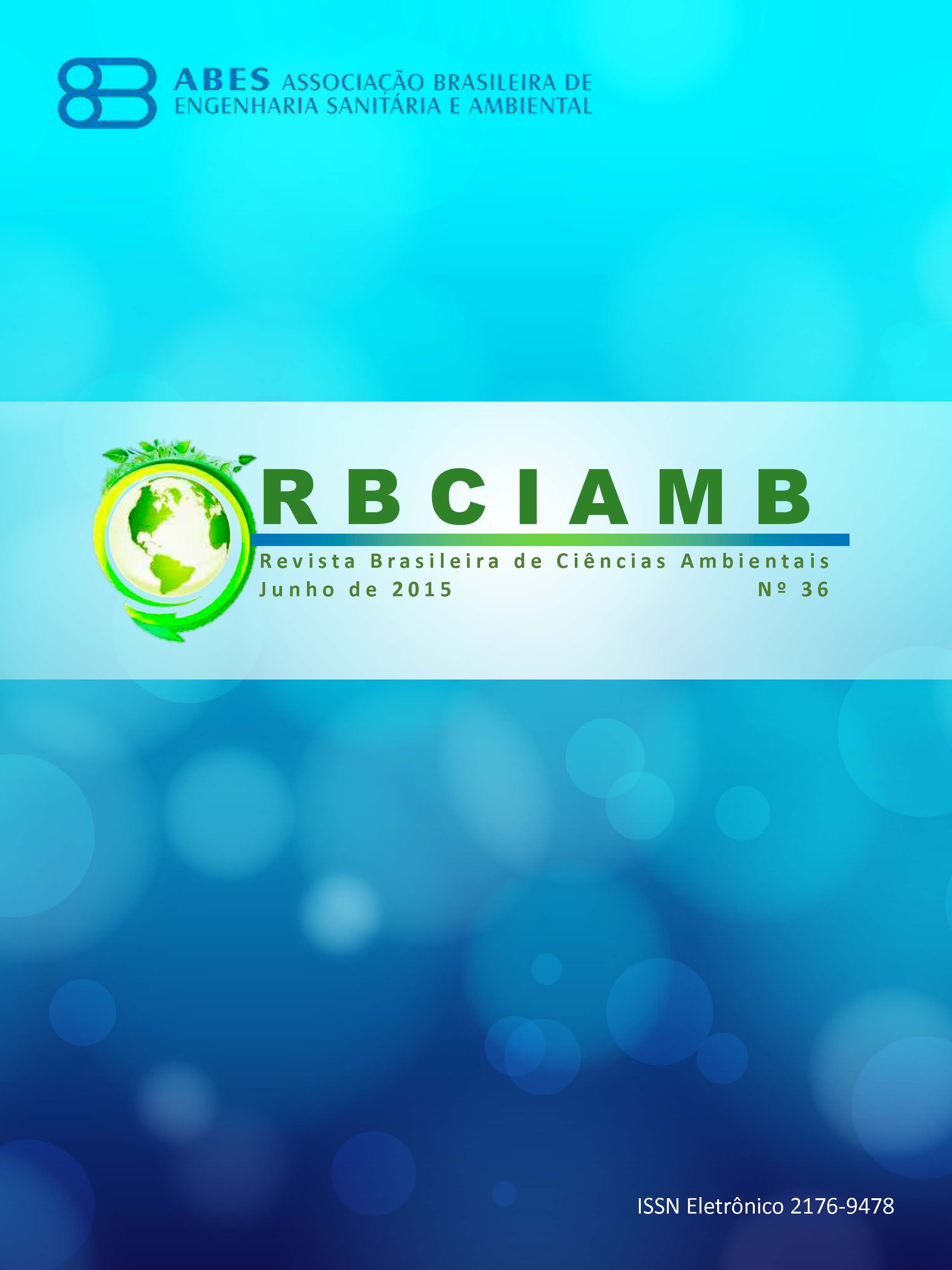UMBUZEIRO (SPONDIAS TUBEROSA): A SYSTEMATIC REVIEW
DOI:
https://doi.org/10.5327/Z2176-947820151006Keywords:
Umbuzeiro; Caatinga; fruit tree; multipurpose tree; ecosystem service.Abstract
Spondias tuberosa Arruda, a fructiferous endemic tree of semiarid Northeast
of Brazil, provides several services to its ecosystem as well as to humans. It
provides feed for wild animals and domestic ruminants in addition to providing
fruits that are rich in vitamins for the human diet. It is an important source of
additional income for family farmers and a source for traditional therapeutic
medicine. Despite the importance of this tree in northeastern Brazil, limited
scientific effort have been accomplished so far towards a better understanding
of the tree’s physiology and interaction within the ecosystem. Earlier studies
about S. tuberosa focused on phenology, physiology, population genetics,
management practices, and socioeconomic aspects. Due to the lack of
breeding and cloning programs, physiological studies and management trials
were based on heterogenic plant material, which led to ambiguous results.
In order to move forward with S. tuberosa research, especially for its genetic
conservations and agro-industrial exploitation, basic breeding and intensified
genetic research are urgently required. Despite the few publications on S.
tuberosa, the tree can be considered scientifically neglected, particularly if
compared with other members of the Anacardiaceae family.
Downloads
Downloads
Published
How to Cite
Issue
Section
License
Copyright (c) 2015 Revista Brasileira de Ciências Ambientais

This work is licensed under a Creative Commons Attribution 4.0 International License.


























